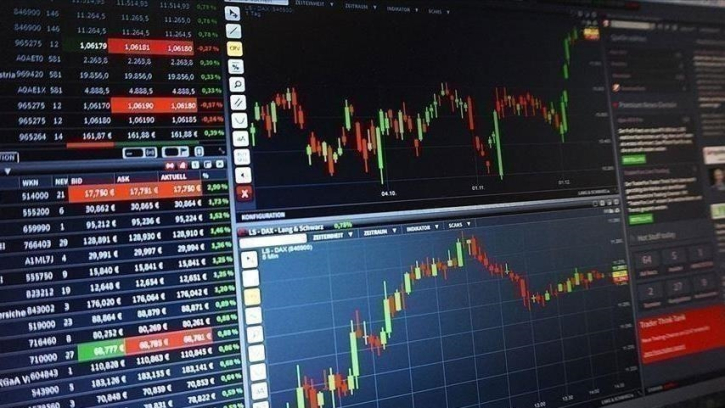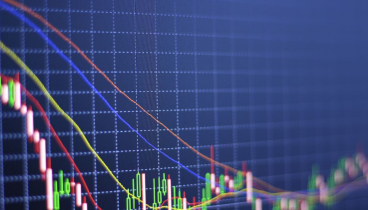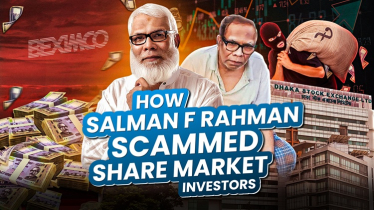Why Bangladesh’s Stock Market Lags Behind Amid Economic Progress

Published : 23:35, 6 July 2025
Since gaining independence in 1971, Bangladesh has defied expectations, transforming from one of the world's poorest nations into a development success story. With a GDP that surged from $8.7 billion to over $450 billion and a poverty rate that plunged from 44 percent in 1991 to just 5 percent by 2022, the country's economic trajectory has been remarkable.
But this impressive progress has not been mirrored in the capital market. Despite decades of economic growth, Bangladesh's stock market remains stagnant, riddled with underperforming companies and persistent governance issues.The secondary market, plagued by manipulation and poor transparency, has consistently disappointed retail investors. Many lost their savings by investing in weak companies whose stock prices were artificially inflated and eventually crashed. Even the small pool of strong-performing stocks failed to deliver capital appreciation over time, mainly due to prolonged floor price policies and limited earnings growth. Data tells the story. While stock markets in countries like the United States and India have recovered from shocks and steadily climbed to record highs, Bangladesh's benchmark index — the DSEX — still hasn’t surpassed its 2010 peak of 8,918 points. Fourteen years later, the market has yet to recover that momentum. "Without meaningful growth in company earnings, the index cannot rise sustainably," said Mir Ariful Islam, managing director and CEO of Sandhani Asset Management Company. “That’s why it remains stuck in the same range year after year.” Currently, out of 360 listed firms on the Dhaka Stock Exchange, 82 — or about 23 percent — are classified as junk stocks. Despite 127 companies entering the market through IPOs in the last 14 years, very few have added substantial value. Bangladesh’s stock market story stands in stark contrast to the country’s broader development journey — a reminder that economic transformation alone does not ensure capital market maturity. Until structural reforms address the core issues of corporate performance, investor protection, and market integrity, the market is unlikely to realize its full potential.
BD/Sk










